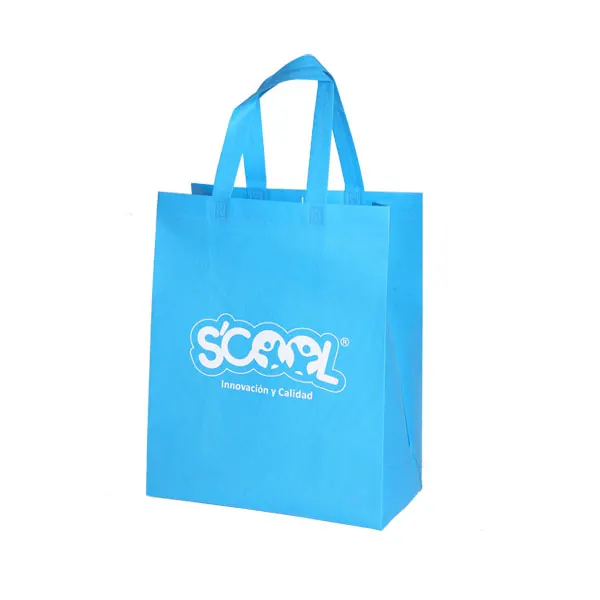What are biodegradable produce bags made of?
2024-02-02
Biodegradable produce bags are designed to break down naturally over time, minimizing environmental impact compared to traditional plastic bags. These bags are typically made from biodegradable materials sourced from renewable resources. Common materials used for biodegradable produce bags include:

1. PLA (Polylactic Acid):
- PLA is a bioplastic derived from renewable resources such as corn starch or sugarcane. It is a compostable material that breaks down under specific conditions, usually in industrial composting facilities.
2. Starch-Based Polymers:
- Some biodegradable produce bags are made from starch-based polymers, often derived from corn or potato starch. These bags can be composted in industrial composting facilities.
3. PBAT (Polybutylene Adipate Terephthalate):
- PBAT is a biodegradable and compostable polymer often used in combination with other bioplastics to enhance flexibility and strength.
4. PHA (Polyhydroxyalkanoates):
- PHA is a type of biodegradable polyester produced by microorganisms. It is derived from renewable resources and is compostable under industrial composting conditions.
5. PCL (Polycaprolactone):
- PCL is a biodegradable polyester that is derived from petrochemical sources. It has a lower environmental impact compared to traditional plastics and can break down in industrial composting facilities.
6. Cornstarch-Based Blends:
- Blends of different biodegradable materials, including cornstarch, are often used to create biodegradable bags. These bags can break down in composting environments.
It's important to note that while biodegradable produce bags offer an eco-friendly alternative to traditional plastic bags, their environmental impact can vary depending on disposal methods. Some biodegradable materials may require specific conditions, such as industrial composting facilities, to break down efficiently. Additionally, proper disposal is crucial to ensure that these bags contribute to environmental sustainability.
Consumers interested in reducing their environmental footprint should check the product labeling and instructions for proper disposal. Composting facilities that accept biodegradable materials play a significant role in the effective breakdown of these bags, so awareness of local waste management practices is also important.


